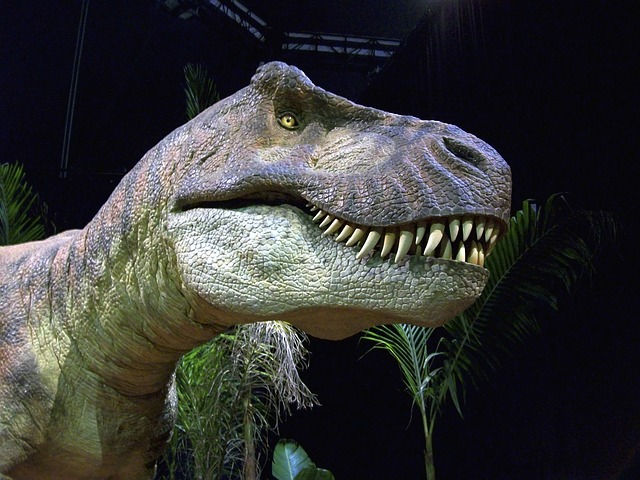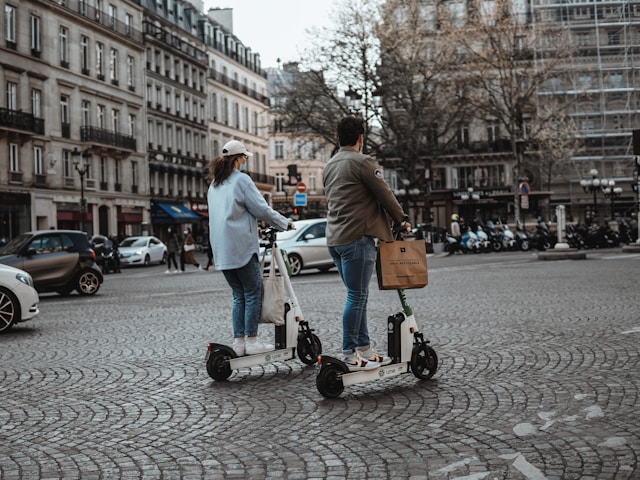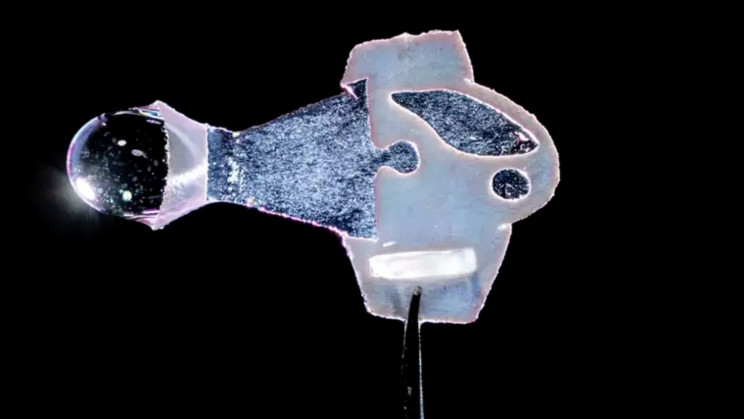Humans score high in recreating lifelike images of themselves and animals, most notably in paintings and wax museums. But so far we don’t score very high in recreating natural movements of living creatures.
Walt Disney pioneered animatronics in the early 1960s, introducing audiences to the first audio animatronic in 1963 — a singing tiki bird anyone who’s ever been to a Disney theme park will recognize. But the history of thinking about animating inanimate objects dates back at least to Leonardo da Vinci who designed an automated lion for Francois I, King of France, in 1515.
Modern animatronics uses mechatronics, a mixture of mechanical, electrical, electronic and computer engineering, to create objects that seem animate or real. Perhaps the most widely known application of animatronics is depicting dinosaurs, plants and other creatures that once roamed the earth.
Animatronics is used primarily in the entertainment, theme park and advertising industry, mainly through computer generated imagery (CGI) and “stop motion” to simulate creatures and their movements. Think: Transformers, Iron Man, Jurassic Park. But advances in technology have put animatronics at the forefront of cutting edge animation of inanimate objects.
Now animatronics is becoming more lifelike and realistic than ever before. Electronic sensors, light movable joints, computer control and remote operation are just a few of the advancements. The use of pneumatics or compressed air, hydraulics, or pressurized oil, and electronics allow for the precise realistic motions humans would expect to see.
Mechatronics & Industry
The following image shows what underlies advances in animatronics in the present day and its wide range of applications in industries from manufacturing to aerospace, medical and consumer products. Animatronics engineers use a combination of control systems, electrical systems, mechanical systems and computers as well as digital control, control electronics, electro mechanics and mechanical CAD to achieve their ends.







